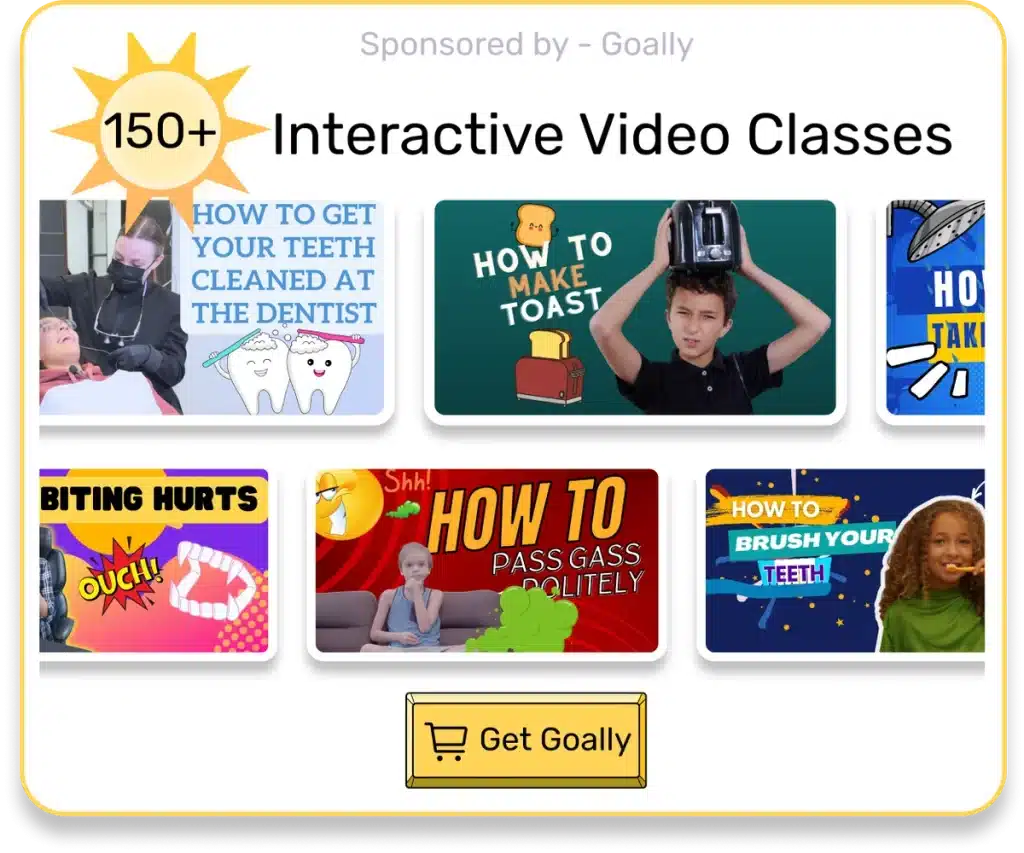Creating consistent routines is essential for helping neurodivergent kids succeed at home, in school, and beyond. While both ADHD and autism routines provide much-needed structure, the way they’re designed—and why they work—can look very different. Children with ADHD often need routines that are flexible and engaging, while kids with autism tend to thrive with highly predictable, step-by-step schedules.
Table of Contents
Understanding the ADHD Brain
The ADHD brain is often described as fast-paced and constantly seeking stimulation—similar to a high-speed race car always looking for the next turn. For children with ADHD, traditional routines can feel restrictive or dull, making it harder for them to stay on track. However, that doesn’t mean routines aren’t helpful—it just means they need to be designed differently.
Flexible routines tend to work best. Instead of sticking to a strict schedule, offering a list of tasks with the freedom to choose the order can provide structure without rigidity. Adding elements of fun and novelty to daily tasks also helps maintain engagement. For example, turning toothbrushing into a superhero mission or creating themed challenges for chores can make routines more enjoyable and effective for kids with ADHD.
Autism and the Need for Predictability
For children with autism, routines provide a sense of safety and predictability in a world that can often feel overwhelming. Structured daily patterns help reduce anxiety, support emotional regulation, and create a clear framework for what to expect. Unlike the ADHD brain, which often seeks novelty, the autistic brain tends to thrive on consistency and repetition.
Sudden changes in routine can be distressing, so it’s important to prepare for transitions in advance. Visual supports—such as calendars, schedules, or countdown charts—can help children understand upcoming changes and feel more in control. For example, if there’s an upcoming school break, introducing it several days ahead of time using pictures or a social story can ease the transition and reduce stress.
Strategies for Managing Routines
While managing ADHD and autism routines can seem like walking a tightrope, some strategies can help. Firstly, it’s important to remember that every child is unique. What works for one might not work for another. Therefore, it’s crucial to understand your child’s specific needs and preferences.
For kids with ADHD, routines should be flexible and fun. Use visual aids, timers, and rewards to make tasks more engaging. Meanwhile, for kids with autism, provide clear and consistent routines. Use visual schedules and prepare them for changes in advance.
Read more: Visual Schedules for Students with Autism
ADHD vs. Autism Routines
Understanding the main differences between ADHD and autism is important for building helpful routines for kids with thinking and learning differences. To make it easier, we’ve created a table comparing the two routines:
| ADHD Routines | Autism Routines |
|---|---|
| Focus on time management | Focus on predictability and consistency |
| Encourage flexibility | Emphasize structure |
| Break tasks into smaller steps | Use visual schedules |
| Use rewards and consequences | Minimize sensory overload |
| Implement physical activity breaks | Offer choices within the routine |
When Routines Don’t Work
However, there will be times when routines don’t work. And that’s okay. It’s important to remember that we’re dealing with kids, not robots. There will be days when they’re tired, cranky, or not in the mood. It’s okay to let go of the routine on such days for a while. After all, the goal is to make life easier for them, not more stressful.
Most importantly, remember to be patient. Change takes time. It’s okay if your child takes longer to adapt to a routine. Keep trying different strategies until you find what works best for them. And always remember, you’re doing a great job!

Goally | Best Videos to Teach Life Skills
Give your kid an independent future. Goally has 100+ video classes teaching life skills like “How to Choose a Restaurant,” “How to Interrupt Politely,” and “How to Get Ready for School.”
Goally takes kids on an adventure that includes interactive practice and checkpoints along the way! No web browsers, YouTube, or social media.
Goally | Apps To Structure Your Kid’s Routine
Does your child struggle with transitions or staying on task? Goally’s visual schedule app breaks down large tasks into small, achievable steps. It helps kids complete their tasks independently!
Managing routines for children with ADHD and autism is like learning a dance; it requires time, patience, and practice. Focus on what works best for your child. For ADHD, include flexibility and fun; for autism, ensure consistency and predictability. If a routine breaks down, that’s okay—tomorrow is a new chance to try again. The goal is to create a supportive environment for your child’s growth. Trust your instincts and keep moving forward. You’ve got this!
Resources:
FAQs About How ADHD and Autism Differ In Routines
What is the difference between ADHD and Autism routines? ADHD routines focus on consistency, structure, and clear expectations, while Autism routines can include visual aids and sensory supports to manage sensory overload and enhance communication.
How can visual schedules help children with Autism? Visual schedules can help children with Autism understand and predict daily activities, providing a sense of order and reducing anxiety associated with unpredictability.
How can rewards systems benefit children with ADHD? Rewards systems can motivate children with ADHD to stay on task and demonstrate desired behaviors by providing immediate, positive feedback.
What are emotional regulation apps? Emotional regulation apps are digital tools designed to help children understand, express, and manage their emotions effectively, supporting their overall emotional well-being.
How do routines impact children with ADHD and Autism? Routines provide structure and predictability, which can reduce anxiety and improve behavior in children with ADHD and Autism, making them crucial for their emotional and cognitive development.

Hennah is an experienced writer and researcher, helping children with autism, ADHD, and other neurodivergent conditions. As a blog contributor for Goally, she combines her deep understanding of neurodiversity with practical advice, offering valuable insights to parents and educators.






